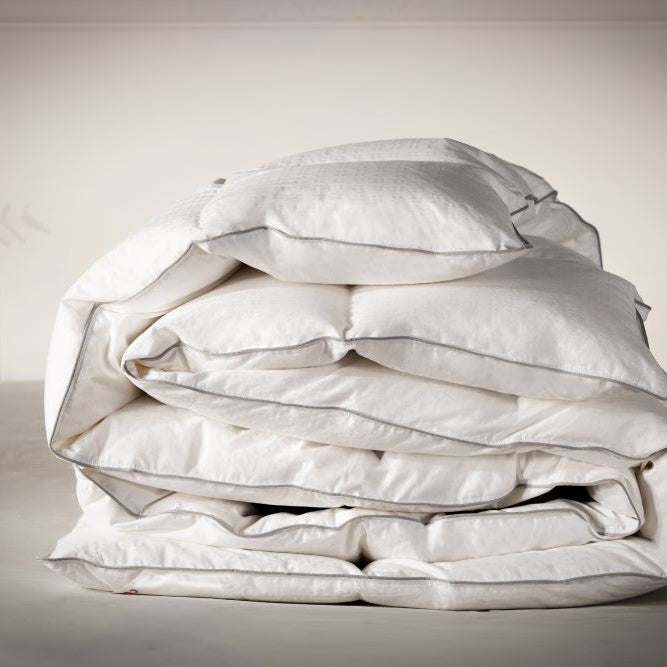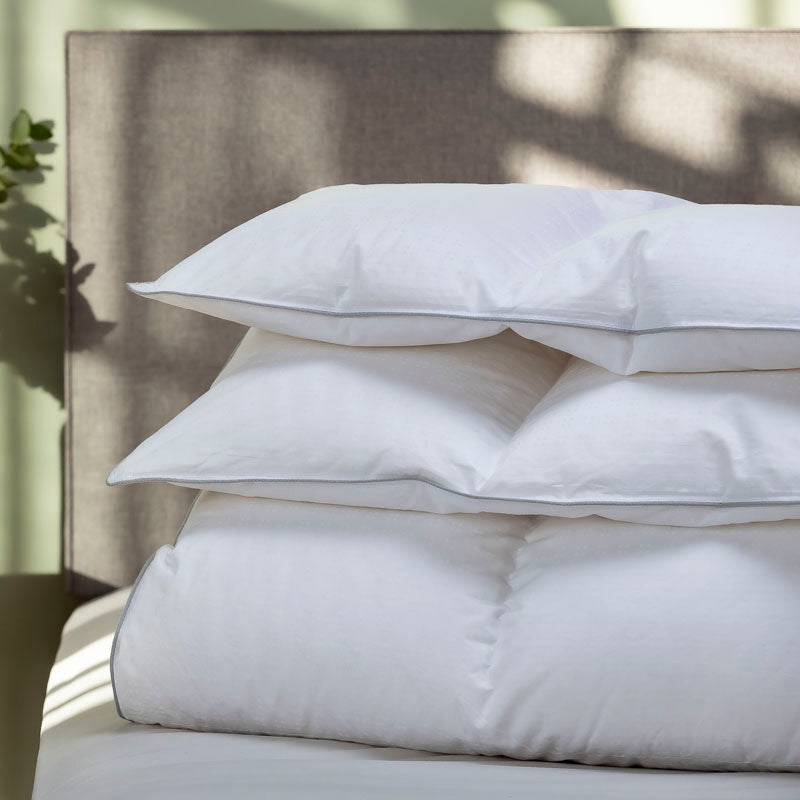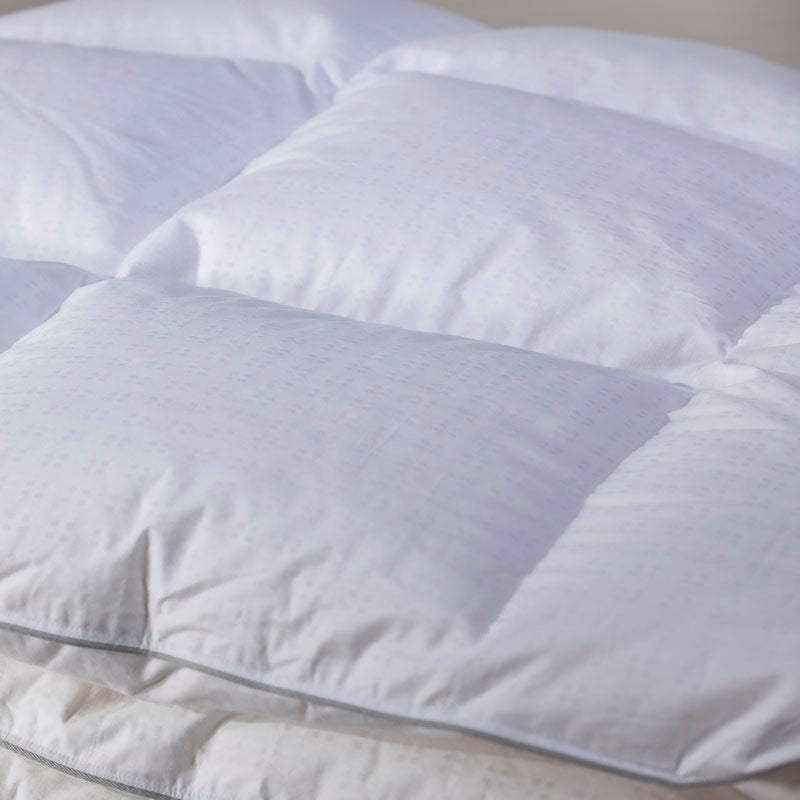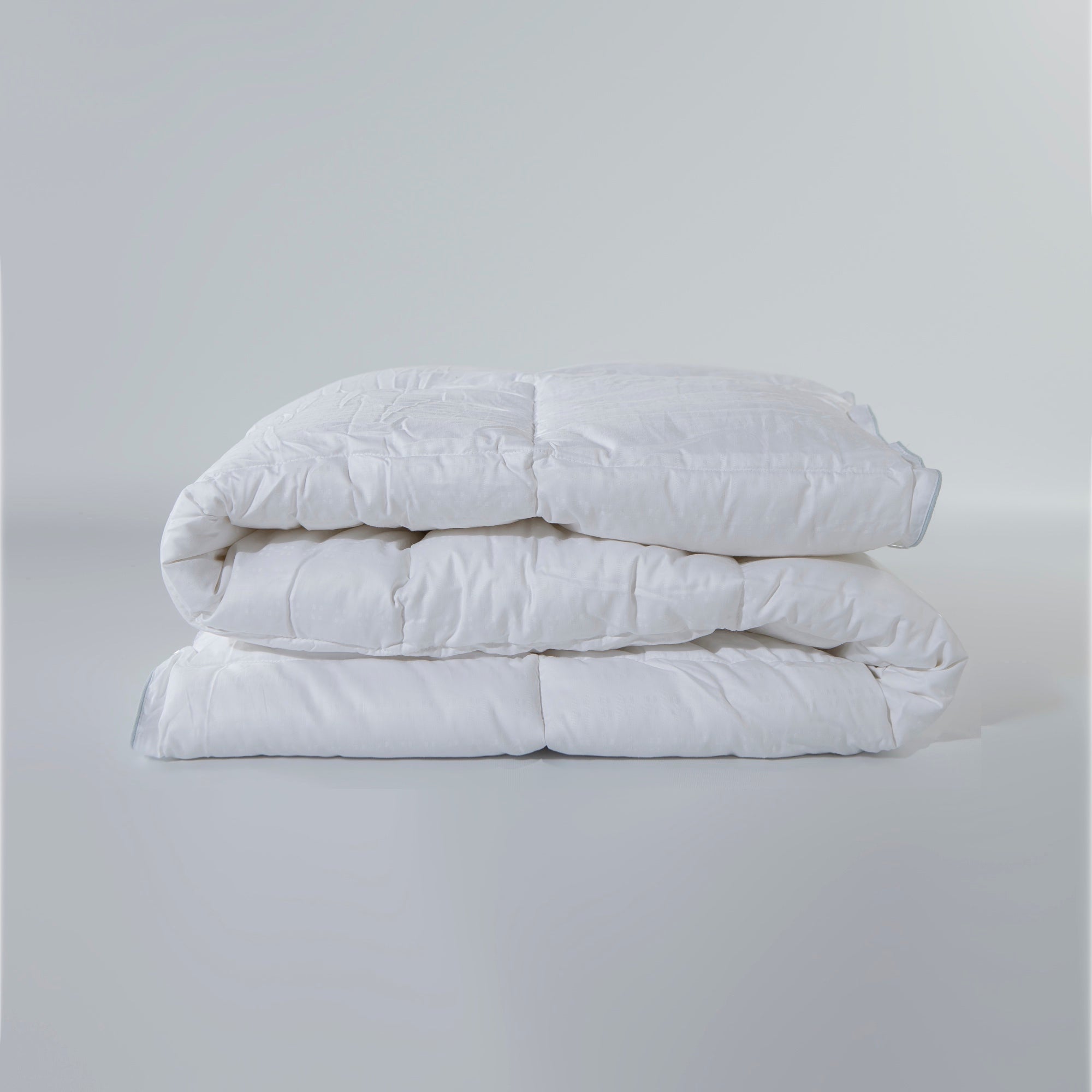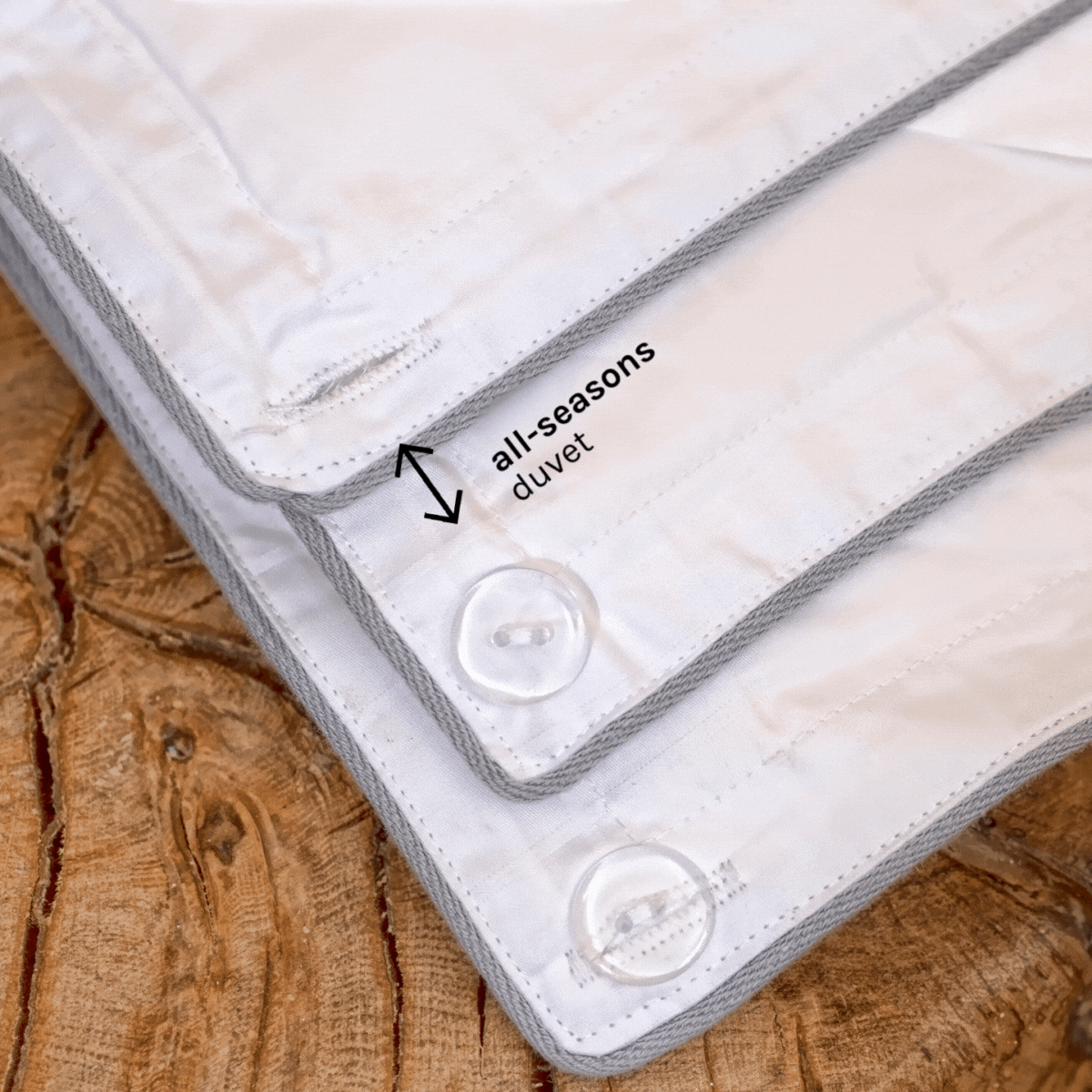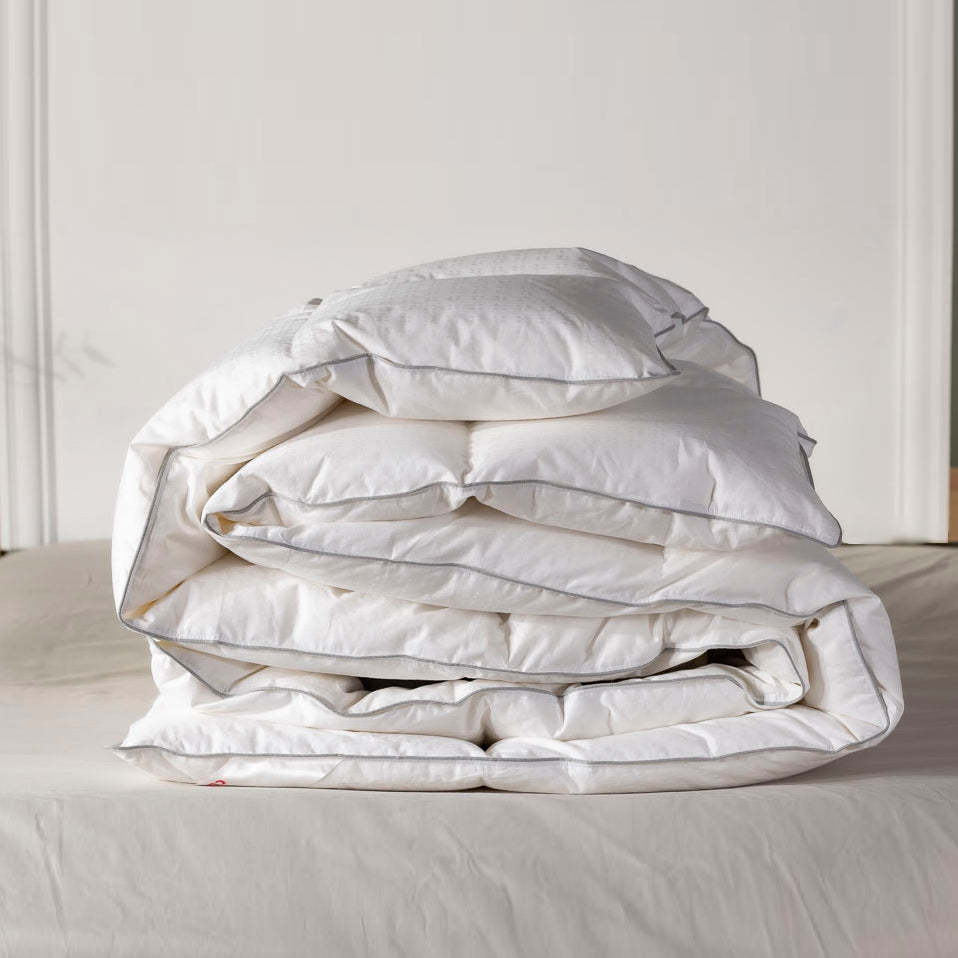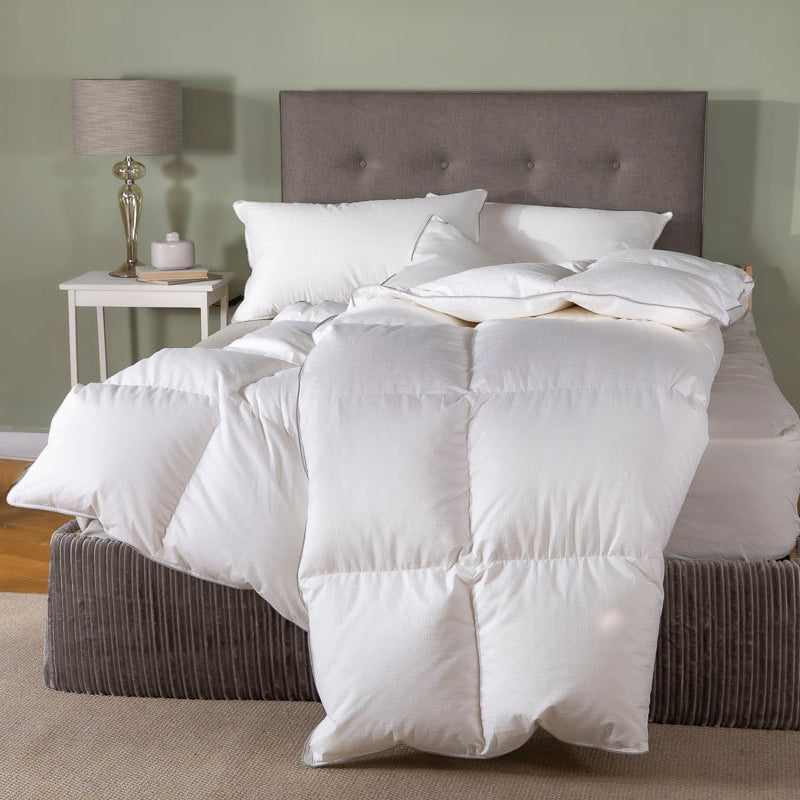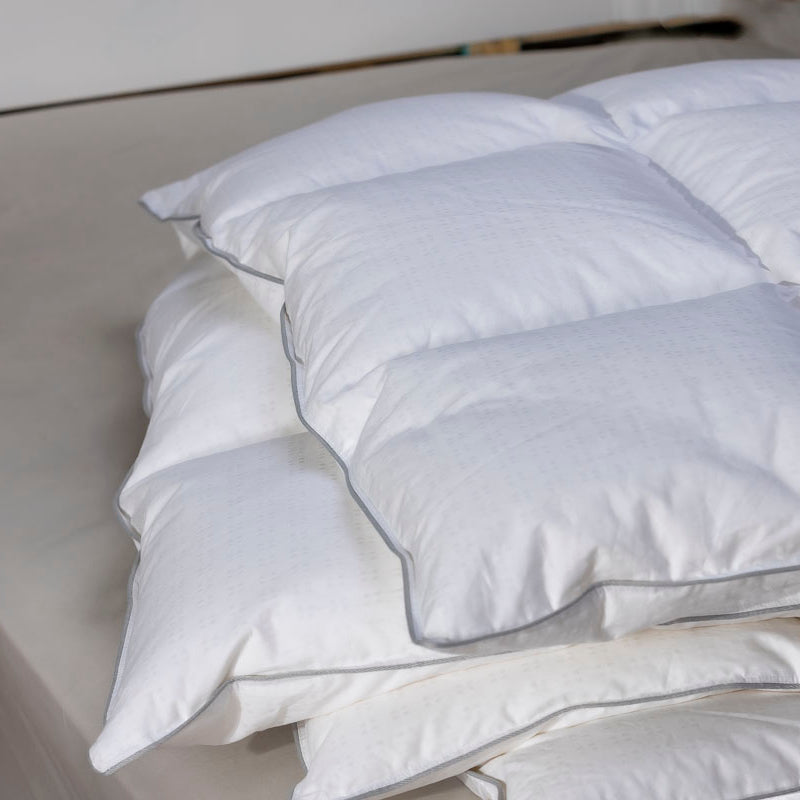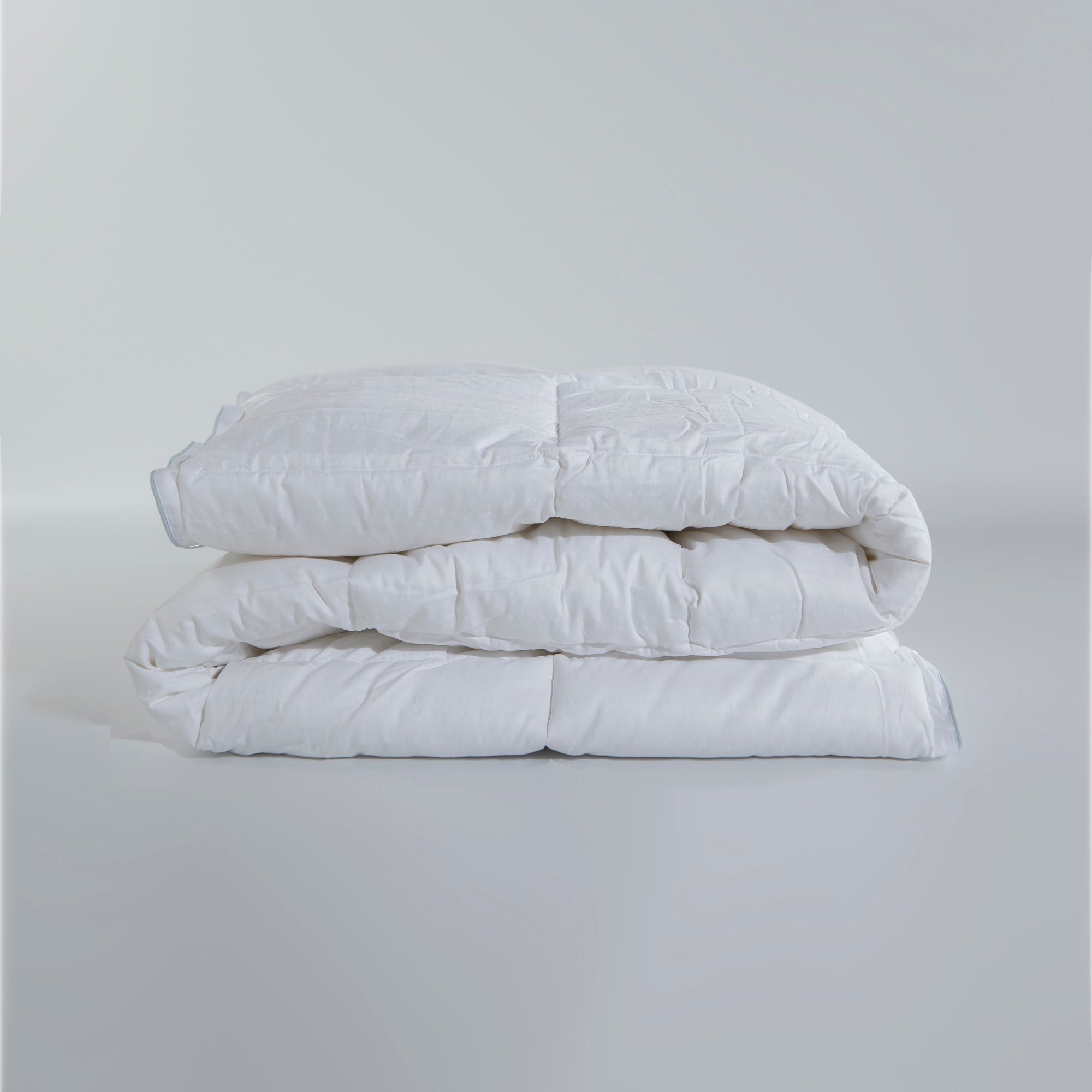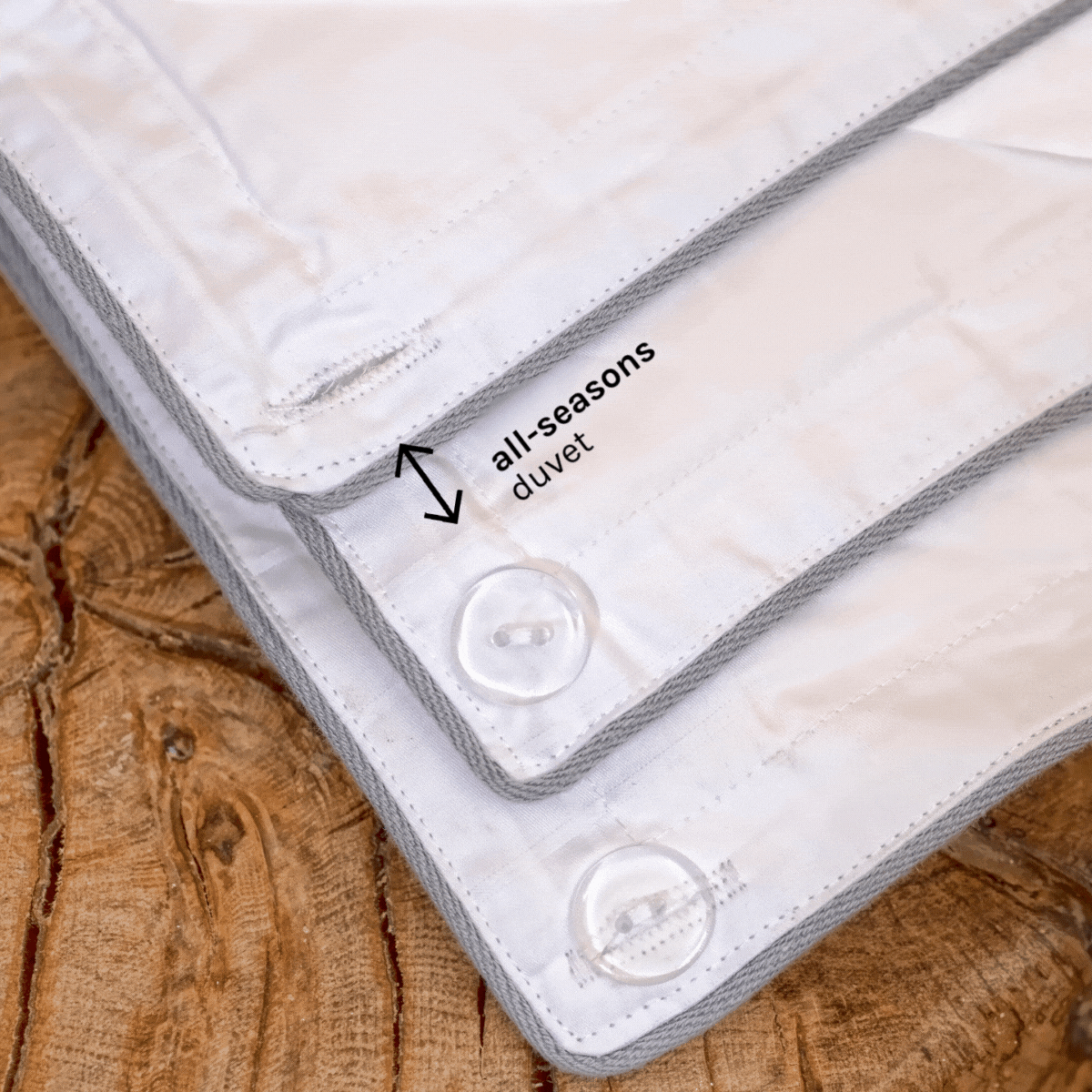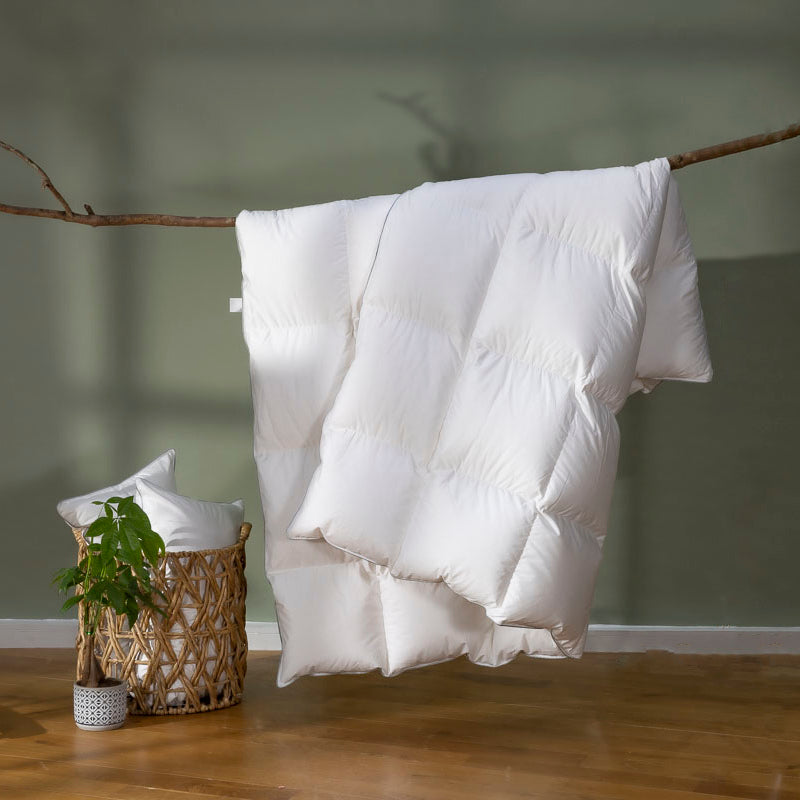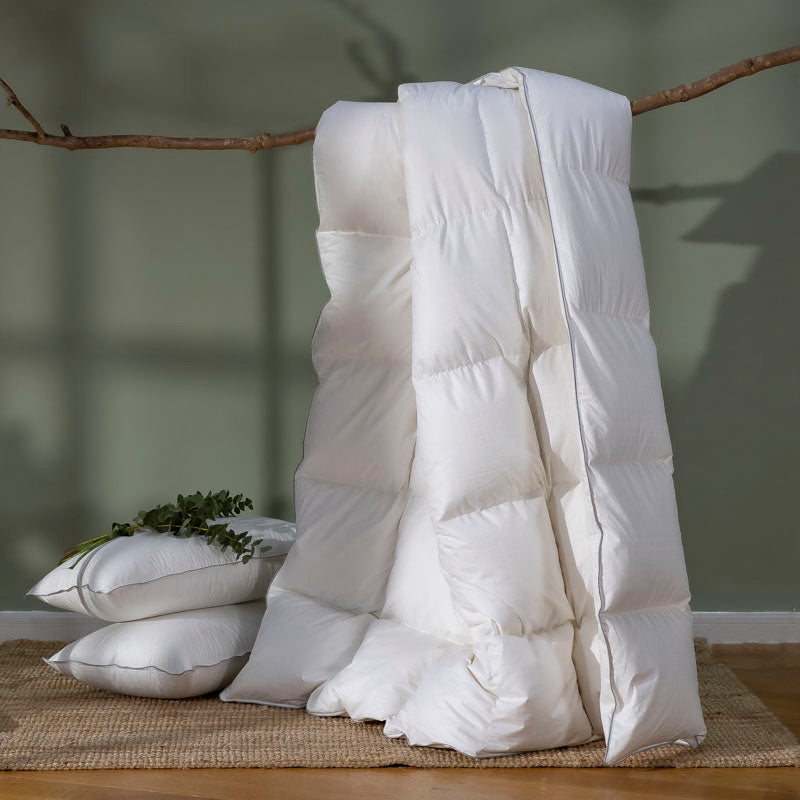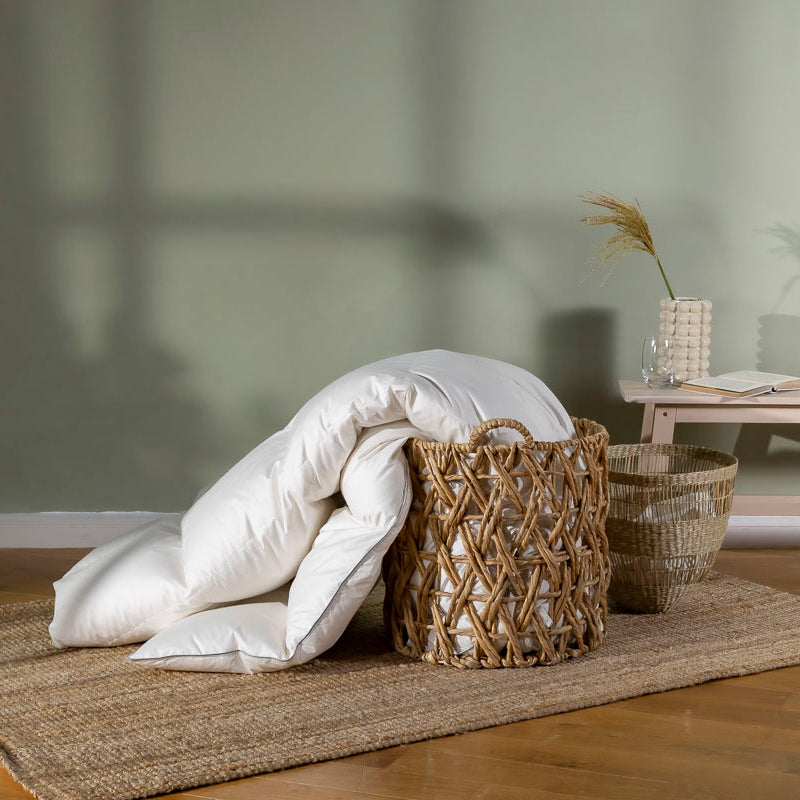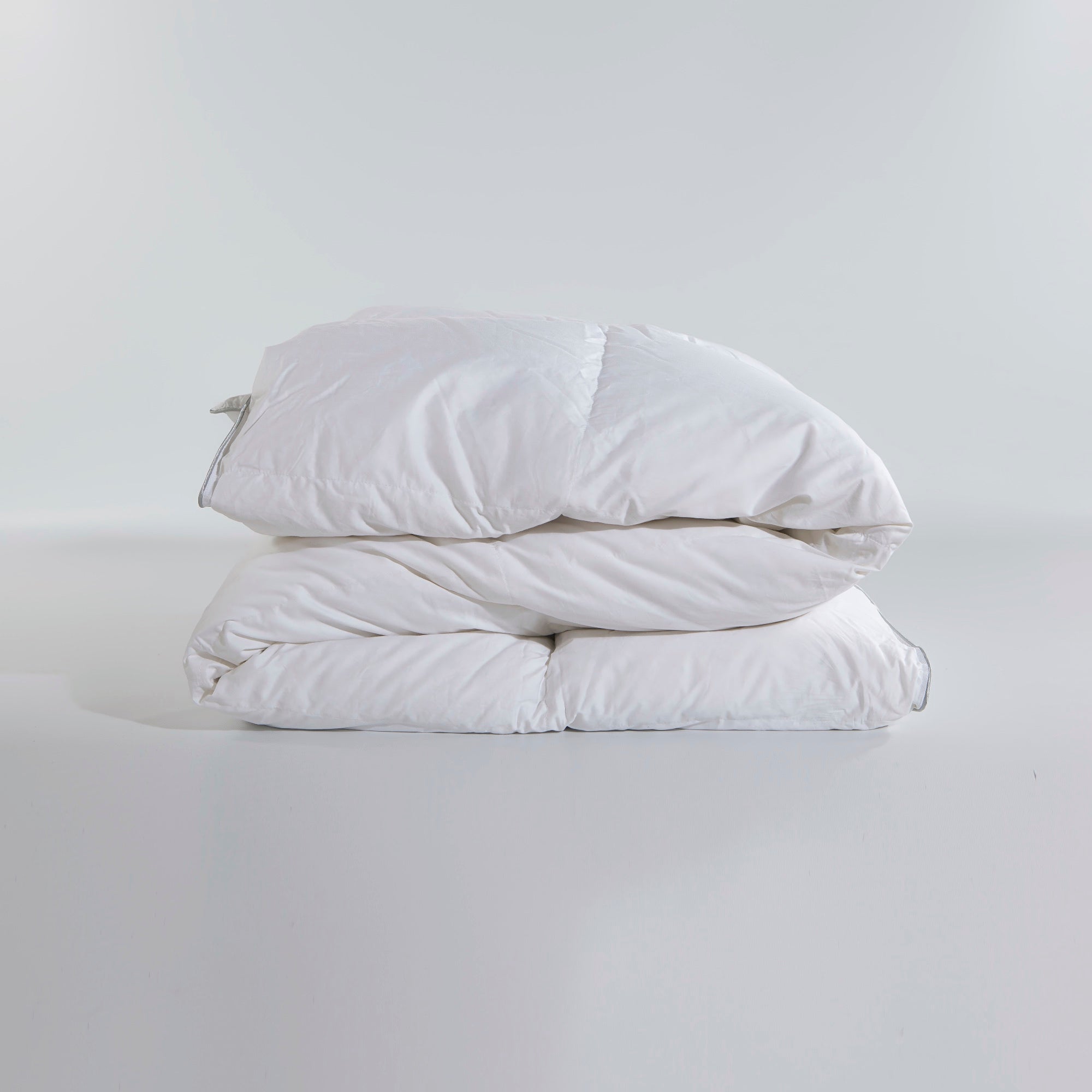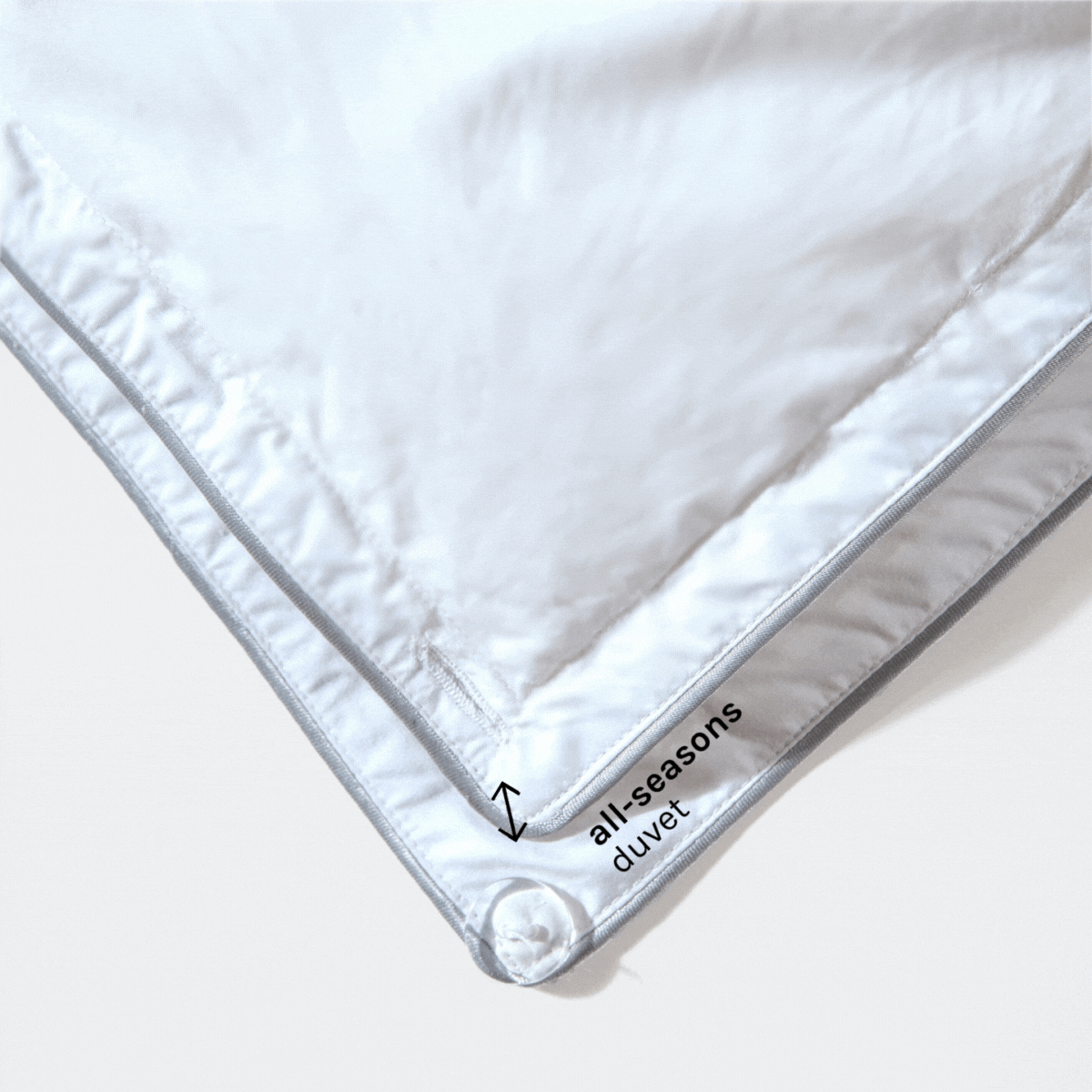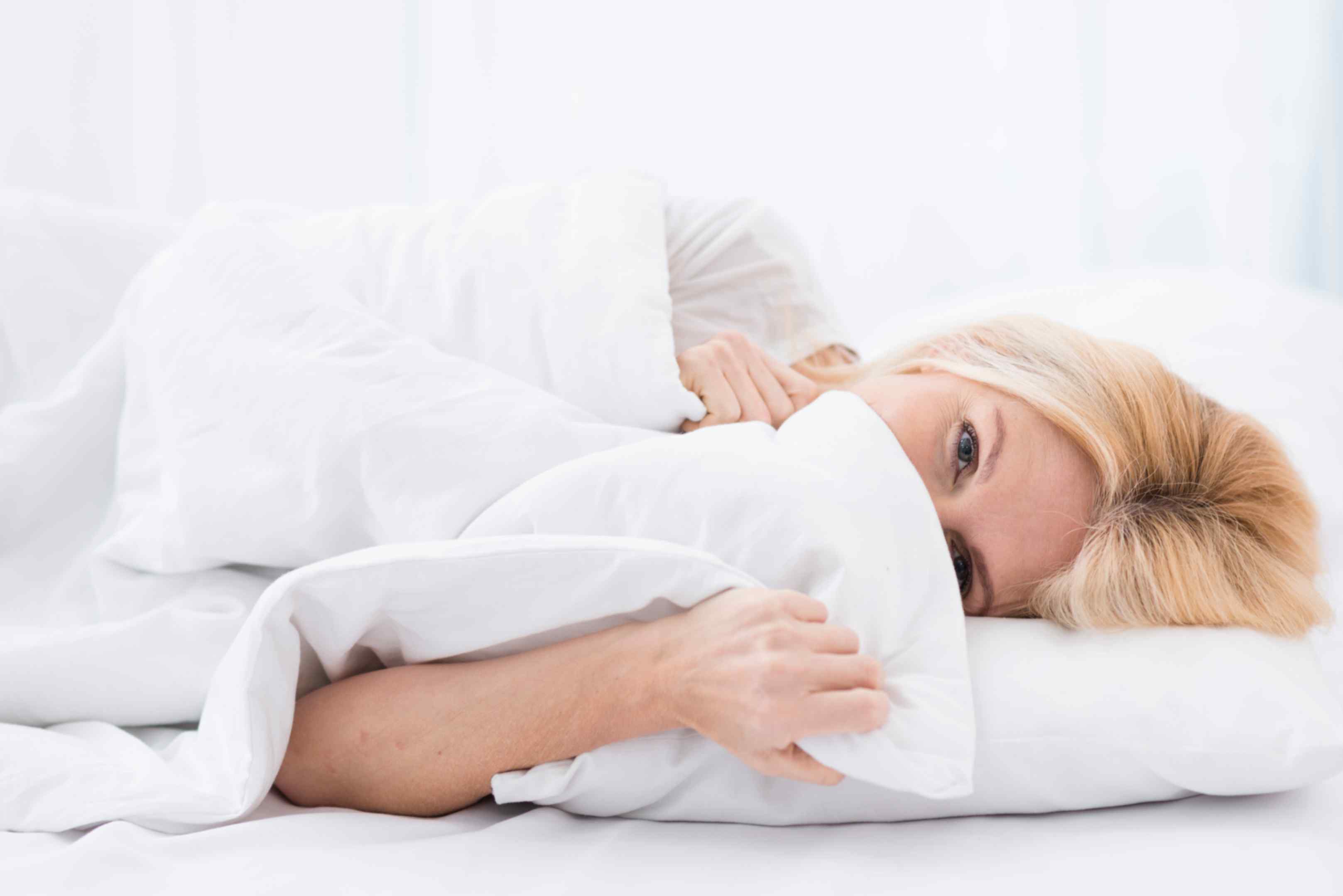Goose down is the most luxurious material that you can choose when it comes to bedding. Goose down’s insulating materials make it perfect for clothes, such as outerwear jackets, sleeping bags and especially duvets and pillows!
It can provide up to 3 times more warmth than any other synthetic material, with minimal volume and weight. In addition, if well cared for, goose down can even keep its fluffiness and softness for many years with no bad smells (find out here more about making sure goose down doesn’t smell!). Goose down is also natural, biodegradable, and recyclable.
However, not all qualities of goose down are the same and not all have the same insulating power. The filling power is a classification that allows us to know the quality standard of the down. But, how do we know when a filling power is enough for what we require and is 800-fill-power down enough to keep us warm? Read our guide to 800 goose down fill, how it differs from other fill power grades and why it may be worth investing in when you next consider switching your bedding!
What is Goose Down?
Goose down, be it Hungarian goose down or any other variety, is the fine under-plumage of waterfowl such as geese and ducks, and is found mainly on the chest and belly. Although similar, it should not be confused with feathers which are heavier.
Unlike conventional feathers, down has a three-dimensional, elastic structure. Its numerous thin branches enclose air pockets to store body heat. Hence, making goose down effective in creating an insulating layer and perfect for both winter and summer bedding!
Measuring the Fill Power of Goose Down
Before measurements are assigned, the goose down is washed, dried, and sorted. 1 ounce (28 grams) of down is placed in a measuring cylinder and softened by blowing air for a specified amount of time. A pressure plate is then inserted into the cylinder, which moves downwards and compresses the goose down to be used in a goose down duvet or other bedding or insulating item.
After a certain amount of time, the height at which the pressure plate has stopped is read. This height of the volume occupied by the filling material when it expands after being subjected to a defined pressure is the fill power.
How is Goose Down Filling Power Indicated?
In Europe, two units of measurement are commonly used. One method of measuring height in millimetres is specified as mm/30g. In the Anglo-American industry on the other hand, the specification in³/oz (cuins) is used due to the different metric systems.
The difference between cuin and mm/30g in the measurement method described above lies only in the amount of goose down used and in the evaluation of the result. Measurement of results can be given in height in millimetres per 30 grams of filling or in volume in cubic inches per ounce.
One inch equals 2,54 cm and one ounce equals approximately 28,35 grams. As a general rule, the higher the filling power (volume capacity), the higher the quality of the goose down.
What is Good Fill Power for Goose Down?
The larger the clusters, the higher the fill power value and the better the quality of the goose down. Filling power ranges from around 300 cuins usually for feathers to around 900 cuins for premium down.
- Acceptable qualities start at 500-550 cuin
- Good quality levels are between 550 and 650 cuin
- Absolute top grades range from 700-800 cuin
- The high-end, available in limited quantities, are between 900-1000 cuin
The minimum quality level for a decent goose down filling is 500 cuin but to guarantee a very good ratio of weight, volume, and thermal performance you should have at least 650 cuin and upwards when it comes to Hungarian goose down or any form of goose down for that matter. Thus, goose down with a loft of 600-700 is considered to be of good quality.
A particularly high quality, however, is when the filling power values exceed 800 in³/oz (cuin). These are the most luxurious down fillings available and you may find them in some forms of luxury bedding containing goose down; they are exceptionally light and insulating.
This level of quality is obtained only from down of excellent breeding geese, such as Hungarian goose down. Because it is very scarce, it is a value left for the most demanding requirements or those expeditions where every gram counts.
On the other hand, a legendary quality of down, as incredible though it may seem, does exist. There are products with 900 cuins, which is considered the gold standard of insulation with goose down, with an unmatched weight-to-volume ratio and performance ratio.
How Important is the Fill Power for Goose Down?
Fill power is an extremely important indicator for the insulating properties of the down mixture. As seen, the higher the filling power, the better the goose down. This puffing is extremely important for the insulating properties of the down mixture. So, as long as warm air cannot escape through the air cushions, we can ensure a cosy sleep.
However, this should not be the only criterion, but what should also be considered is the water repellency, odour and general feel of the down. Browse Cuddledown’s goose down bedding to find the best luxury duvets and pillows for you.


